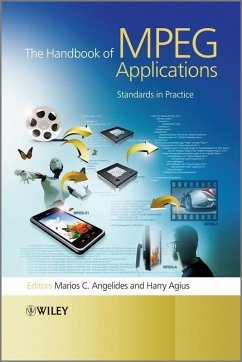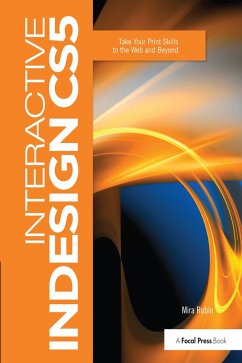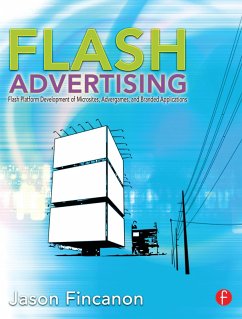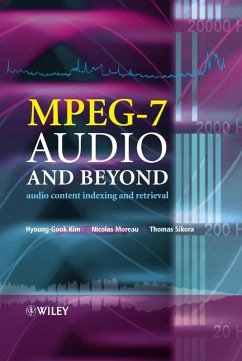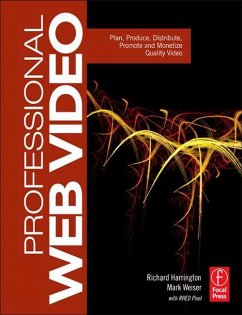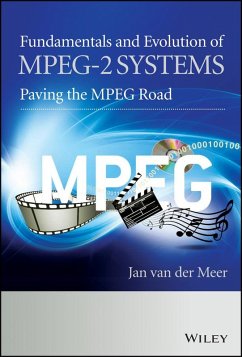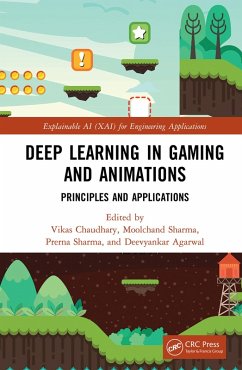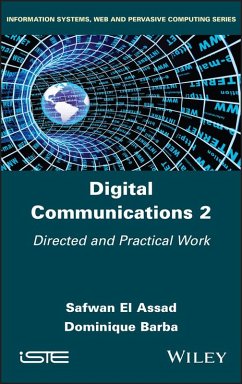
The Handbook of MPEG Applications (eBook, PDF)
Standards in Practice
Redaktion: Angelides, Marios C.; Agius, Harry
Versandkostenfrei!
Sofort per Download lieferbar
98,99 €
inkl. MwSt.
Weitere Ausgaben:

PAYBACK Punkte
0 °P sammeln!
This book provides a comprehensive examination of the use of MPEG-2, MPEG-4, MPEG-7, MPEG-21, and MPEG-A standards, providing a detailed reference to their application. In this book, the authors address five leading MPEG standards: MPEG-2, MPEG-4, MPEG-7, MPEG-21, and MPEG-A, focusing not only on the standards themselves, but specifically upon their application (e.g. for broadcasting media, personalised advertising and news, multimedia collaboration, digital rights management, resource adaptation, digital home systems, and so on); including MPEG cross-breed applications. In the evolving digita...
This book provides a comprehensive examination of the use of MPEG-2, MPEG-4, MPEG-7, MPEG-21, and MPEG-A standards, providing a detailed reference to their application. In this book, the authors address five leading MPEG standards: MPEG-2, MPEG-4, MPEG-7, MPEG-21, and MPEG-A, focusing not only on the standards themselves, but specifically upon their application (e.g. for broadcasting media, personalised advertising and news, multimedia collaboration, digital rights management, resource adaptation, digital home systems, and so on); including MPEG cross-breed applications. In the evolving digital multimedia landscape, this book provides comprehensive coverage of the key MPEG standards used for generation and storage, distribution and dissemination, and delivery of multimedia data to various platforms within a wide variety of application domains. It considers how these MPEG standards may be used, the context of their use, and how supporting and complementary technologies and the standards interact and add value to each other. Key Features: * Integrates the application of five popular MPEG standards (MPEG-2, MPEG-4, MPEG-7, MPEG-21, and MPEG-A) into one single volume, including MPEG cross-breed applications * Up-to-date coverage of the field based on the latest versions of the five MPEG standards * Opening chapter provides overviews of each of the five MPEG standards * Contributions from leading MPEG experts worldwide * Includes an accompanying website with supporting material (href="http://www.wiley.com/go/angelides_mpeg">www.wiley.com/go/angelides_mpeg) This book provides an invaluable reference for researchers, practitioners, CTOs, design engineers, and developers. Postgraduate students taking MSc, MRes, MPhil and PhD courses in computer science and engineering, IT consultants, and system developers in the telecoms, broadcasting and publishing sectors will also find this book of interest.
Dieser Download kann aus rechtlichen Gründen nur mit Rechnungsadresse in D ausgeliefert werden.




